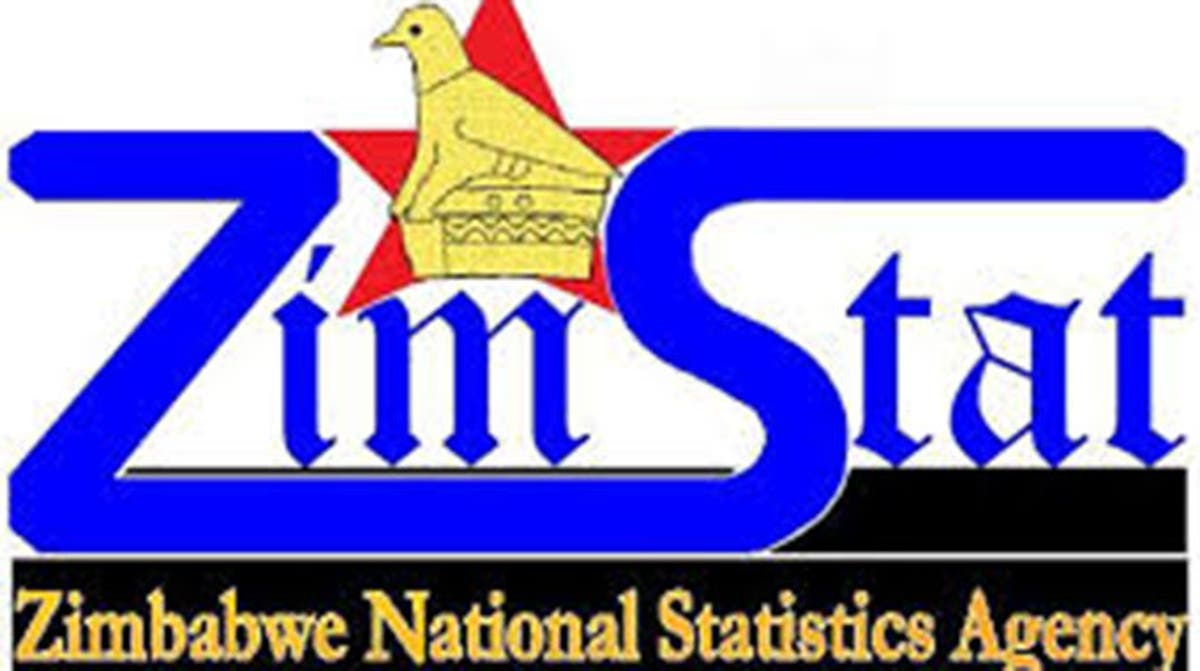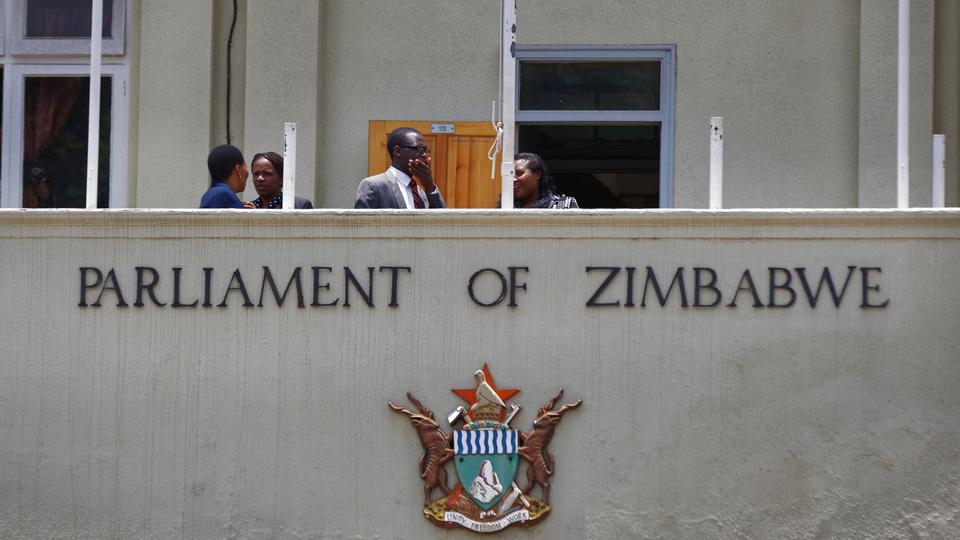
BY CATHERINE MUCHIRI/TATIRA ZWINOIRA
A TOTAL of 314 304 jobs were lost during the fourth quarter of last year after the country experienced high inflation levels, leaving employers with no choice, but to downsize, the Zimbabwe National Statistics Agency (ZimStats) has revealed in its latest report.
High inflation rates in the country caused by the depreciating local currency, resulted in both consumer and business incomes being eroded.
The ZimStats 2021 Fourth Quarter Labour Force Survey released yesterday said the country’s unemployment rate had increased significantly.
Zimbabwe’s working age population is estimated at 8 957 612, with 3 035 419 being employed both formally and informally.
“The working age population was estimated at nine million constituting 59% of the total population. The total labour force obtained from the survey was 3,8 million giving a total Labour Force Participation Rate of 42%. Around three million of the working age population currently employed. The national employment to population ratio (EPR) stood at 34%,” ZimStats said.
“Harare had the highest proportion of the employed population at around 26%, followed by Mashonaland East at 12%. Matabeleland North which was at 3% had the least proportion of the unemployed. Twenty-nine percent of the employed population was in the formal sector while 46% was in the informal sector.”
ZimStats added: “Of those in employment, 20% and 4% were in the agriculture and household sectors, respectively. Eighty-six percent of the employed population were informally employed”.
- Chamisa under fire over US$120K donation
- Mavhunga puts DeMbare into Chibuku quarterfinals
- Pension funds bet on Cabora Bassa oilfields
- Councils defy govt fire tender directive
Keep Reading
According to the report, the wholesale trade, retail trade and repair of motor vehicles and motor cycle industry had the largest proportion of the employed population at 27% followed by agriculture, forestry and fishing all at 20%.
ZimStats said 80% of employed persons earned incomes of $20 000 and below during the month of October 2021.
However, this amount was much lower than the official cost of living figure of $42 708 for a family of six during the same month, confirming that the generality of workers were not meeting monthly costs.
“Twenty percent of persons aged 15 years and above were unemployed. Among males, the rate was 19% while for females it was 22%. Matabeleland North province had the highest unemployment rate of 27%,” ZimStats said.
“The age groups (15-19) years and (20-24) years had the highest unemployment rate of 35%, followed by those aged (25-29) years at 27%. Youth (15-24) years had a national unemployment rate of 35%.”
ZimStats said the national unemployment rate for youth (15-34 years) was 28% while the unemployment rate was highest among those who had completed upper secondary at 25% followed by those with lower secondary at 22%.
“The expanded national unemployment rate for persons aged 15 years and above was 47%. It was higher for females at 51% than males at 44%. Matabeleland North had the highest expanded unemployment rate of 59%,” ZimStats said.
The unemployment rates by provinces, in a third-to-fourth quarter comparison, indicated that Mashonaland West’s unemployment rate increased by 3,6 percentage points to 23% while Mashonaland East increased by 1,6 percentage points to 15,1%.
Matabeleland North’s unemployment rate increased by 4,9 percentage points to 26,8%, Matabeleland South increased by 1,1 percentage points to 19,13%, Midlands increased by 2,9 percentage points to 24%, and Masvingo increased by 2,7 percentage points to 15,1%.
Harare’s unemployment rate increased by 4 percentage points to 20,4%, thus making the total unemployment rate using the strict definition in the country 19,9%, an increase of 1,9 percentage points.
However, unemployment in Manicaland, Bulawayo and Mashonaland Central decreased in the fourth quarter by 2,6, 3,6 and 0,6 percentage points, respectively.
In its 2022 economic review of the country, the World Bank said in 2022, economic growth might be recorded as the negative impacts of COVID-19 subside.
“Good vaccination progress is likely to boost tourism, trade, transport and other sectors that were negatively affected by pandemic disruptions. Continued implementation of disinflation policies and fine-tuning of the foreign exchange auction market are expected to keep average annual inflation at two-digit levels in 2022 and 2023.
“Annual inflation stood at 50% in August 2021 down from a high of 838% in July 2020 following the introduction of rule-based reserve money management, a foreign exchange auction, and relaxation of de-dollarisation. However, the widening gap between parallel market and official exchange rates is likely to weigh on price stability, with annual inflation expected to average 94% in 2021,” the World Bank report read.
- Follow us on Twitter @NewsDayZimbabwe











